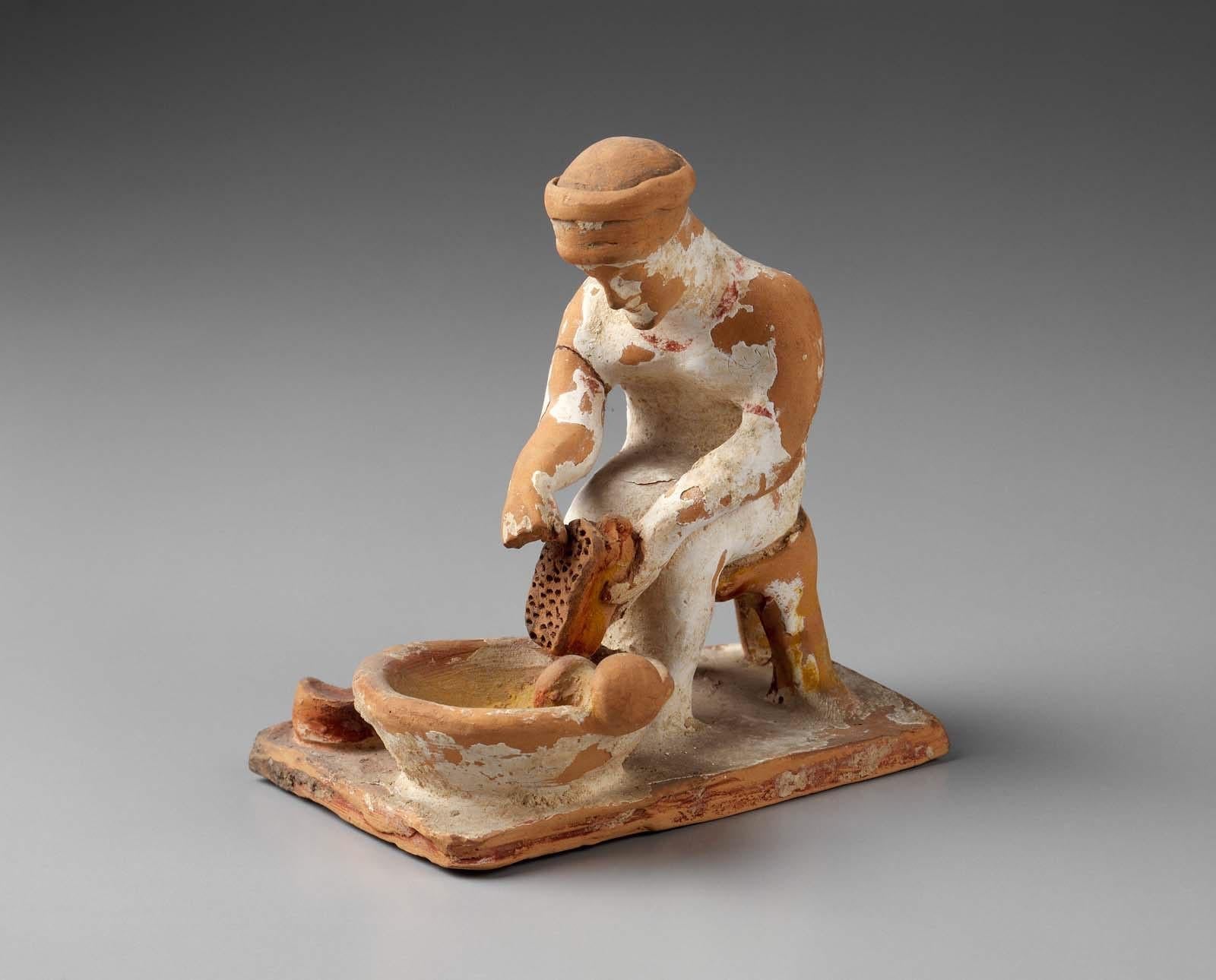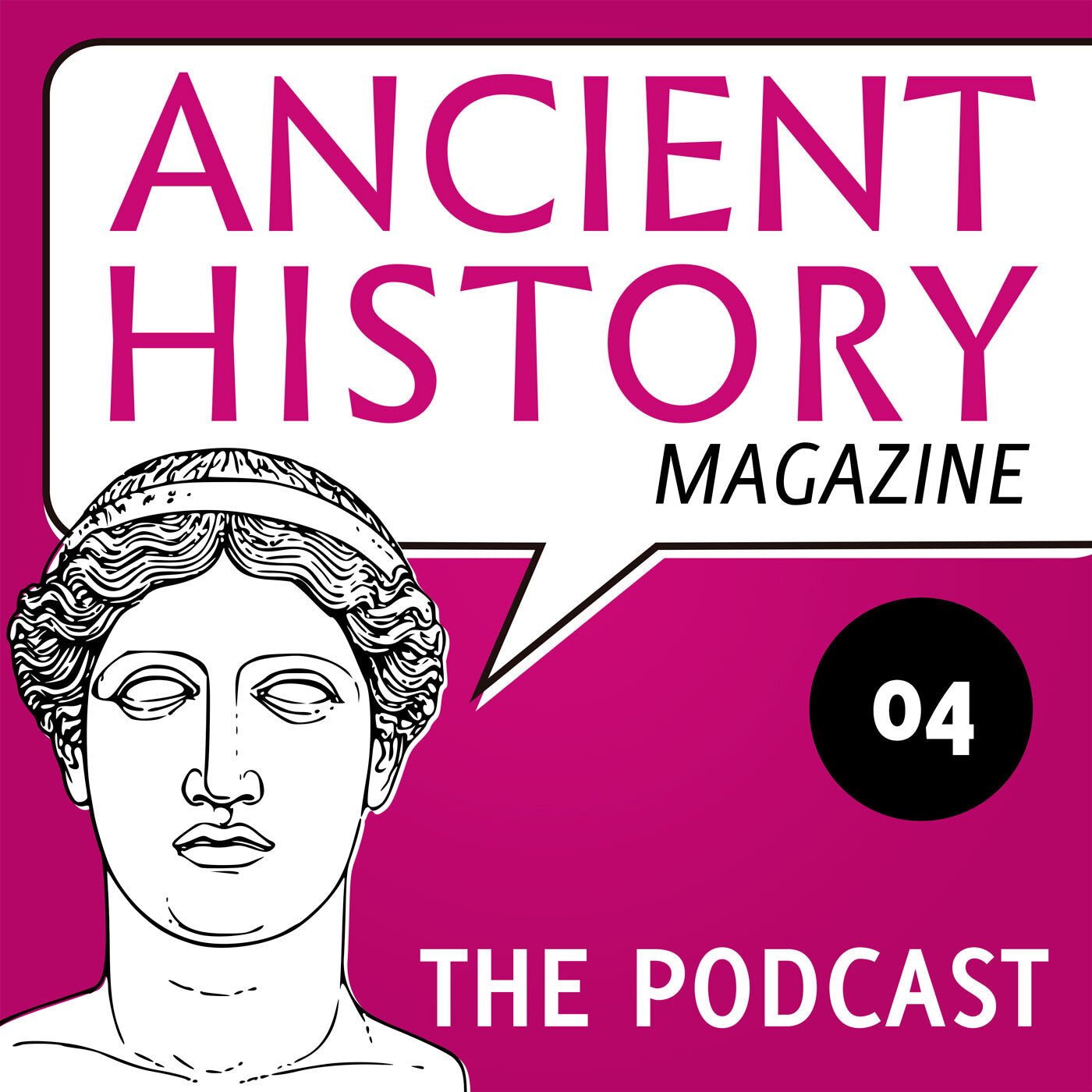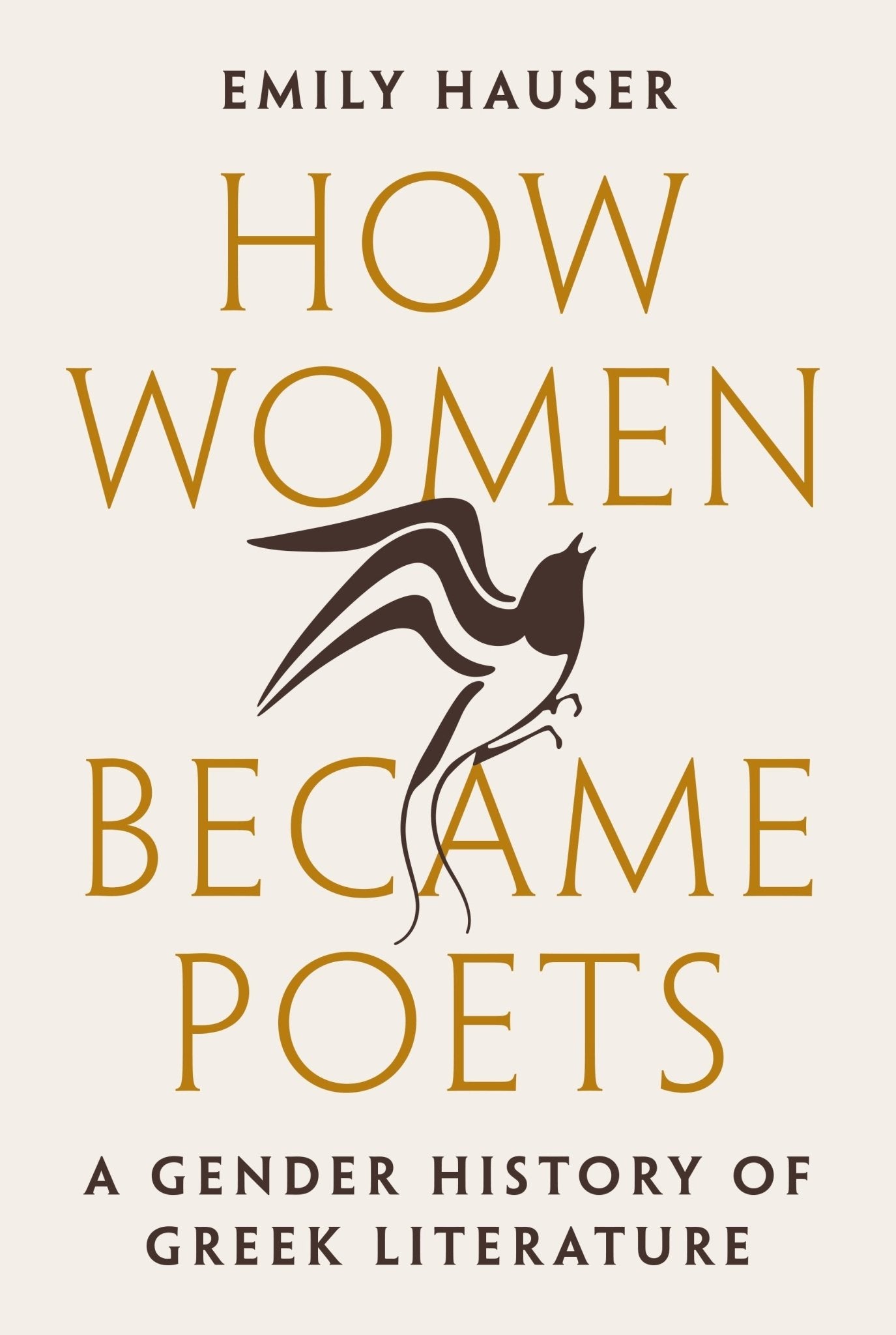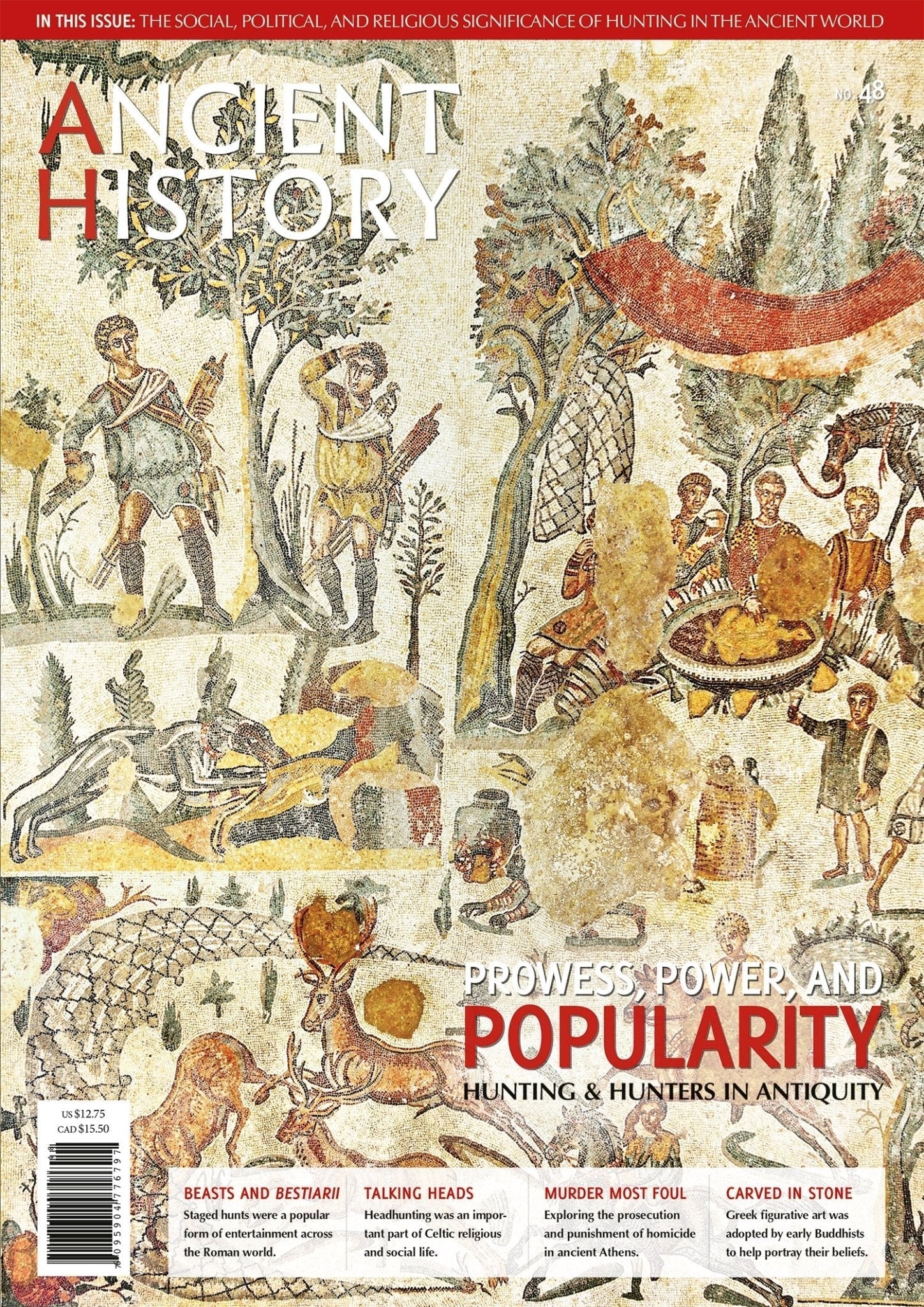Ancient and modern food
With Ancient History issue 8 off to the printer’s, I figured a short blog post discussing a few differences between ancient and modern food might be interesting. More specifically, I want to go through some types of the food that are common today, but were completely unknown to the ancient peoples of the Mediterranean.
Since the emphasis in the issue is on the Romans, let’s have a look at modern Italian cuisine. Most of the staples in Italian cooking were unknown to the Romans. Pasta, for example, is an invention of the later Middle Ages, despite the fact that the main ingredients – (durum) wheat, eggs – were known to the ancient Romans. Incidentally, the story about Marco Polo bringing pasta to Italy from China appears to be a modern fabrication.
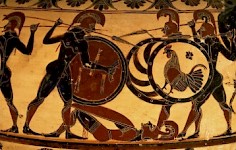 And concerning eggs, it’s perhaps interesting to point out that the chicken, which is so ubiquitous in our lives today, was unknown in Europe until the sixth century BC, when it was introduced into Greece. Chickens originally come from India and so they were considered rare and exotic. In Greek vase-painting, for example, one encounters roosters as gifts exchanged between an older man and his younger male lover. Chickens were unknown to Homer, for example, so that the most common bird was the goose. Chickens only became common over the next few centuries, and were relatively widespread by the time of the Roman Empire.
And concerning eggs, it’s perhaps interesting to point out that the chicken, which is so ubiquitous in our lives today, was unknown in Europe until the sixth century BC, when it was introduced into Greece. Chickens originally come from India and so they were considered rare and exotic. In Greek vase-painting, for example, one encounters roosters as gifts exchanged between an older man and his younger male lover. Chickens were unknown to Homer, for example, so that the most common bird was the goose. Chickens only became common over the next few centuries, and were relatively widespread by the time of the Roman Empire.
Tomatoes are an important element in modern Italian cooking and used for a variety of purposes, most notably as the basis for tomato sauce. But they were completely unknown in the ancient Mediterranean. Tomatoes originally come from Central- and South America and were exported to Europe following the conquest of the New World by the Spanish. (Similarly, potatoes originally come from the Americas.) The most commonly used condiment among the ancient Romans was a fish sauce known as garum, about which Erich Anderson wrote an article in issue 8.
For good or ill, sugar is an integral part of our modern dietary habits, but again it’s something that is foreign to the ancient Mediterranean. The earliest sugar was found in India, but it was initially very rare, and not available in large quantities until towards the end of the ancient period. In fact, it remained a relative luxury for the most part until the nineteenth century. (Here’s a good article on dental hygiene in the nineteenth century, if you’re interested.)
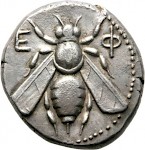 Instead of sugar, ancient peoples relied on honey to satisfy their sweet tooth. Honey was used as a sweetener, but also formed the basis for various kinds of sweet dishes, such as snacks, pastries, and more. For the launch of my book Henchmen of Ares, everyone at Karwansaray went to eat at the cooking studio run by Manon Henzen, who wrote the introduction and recipes for issue 8, and I particularly enjoyed the honey and sesame biscuits that she prepared and which, conceivably, could have also been made by people in the past.
Instead of sugar, ancient peoples relied on honey to satisfy their sweet tooth. Honey was used as a sweetener, but also formed the basis for various kinds of sweet dishes, such as snacks, pastries, and more. For the launch of my book Henchmen of Ares, everyone at Karwansaray went to eat at the cooking studio run by Manon Henzen, who wrote the introduction and recipes for issue 8, and I particularly enjoyed the honey and sesame biscuits that she prepared and which, conceivably, could have also been made by people in the past.
Modern Italy is also associated with coffee of various kinds, but the earliest evidence for brewed coffee dates back no earlier than the fifteenth century. The plant is native to tropical Africa. As a drink, coffee spread throughout the Middle East, North Africa, and Turkey in the sixteenth century, and reached Italy no later then seventeenth century. The Atlantic published an interesting article on the history of coffee a few years ago.
Some things, however, never change. For issue 8, I wrote a brief article on the ‘Mediterranean triad’, an archaeological term that covers three important staples of the Mediterranean diet: cereals, olives, and grapes. These three are still central to the diet of people who live in and around the Mediterranean. Indeed, much of the Italian eating experience depends on olives, olive oil, and the liberal flow of wine!
I’ve really enjoyed working on this latest issue of Ancient History magazine. Food is such a broad topic, especially when you also include eating habits and the social contexts in which eating and drinking took place, that we are bound to revisit it in the future.

